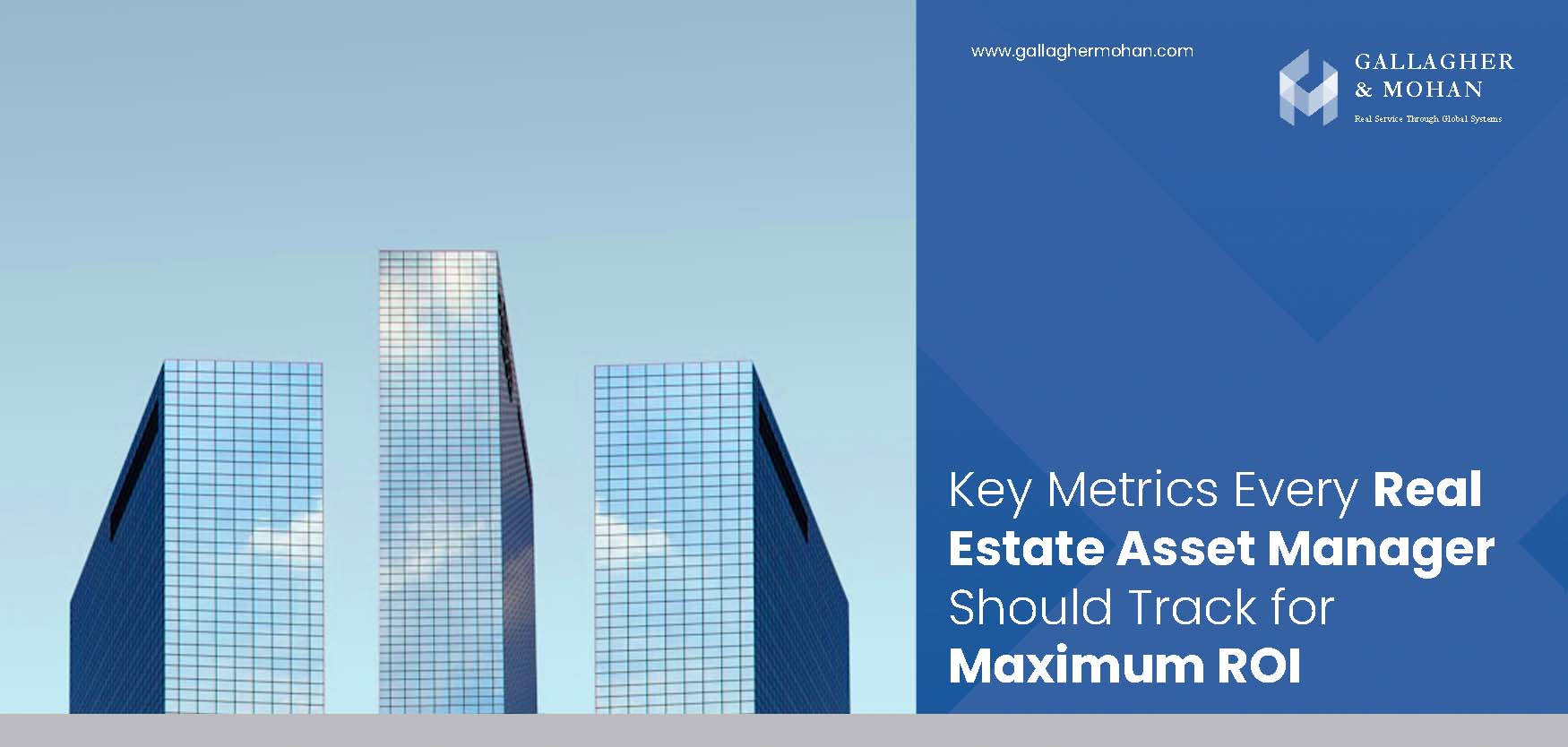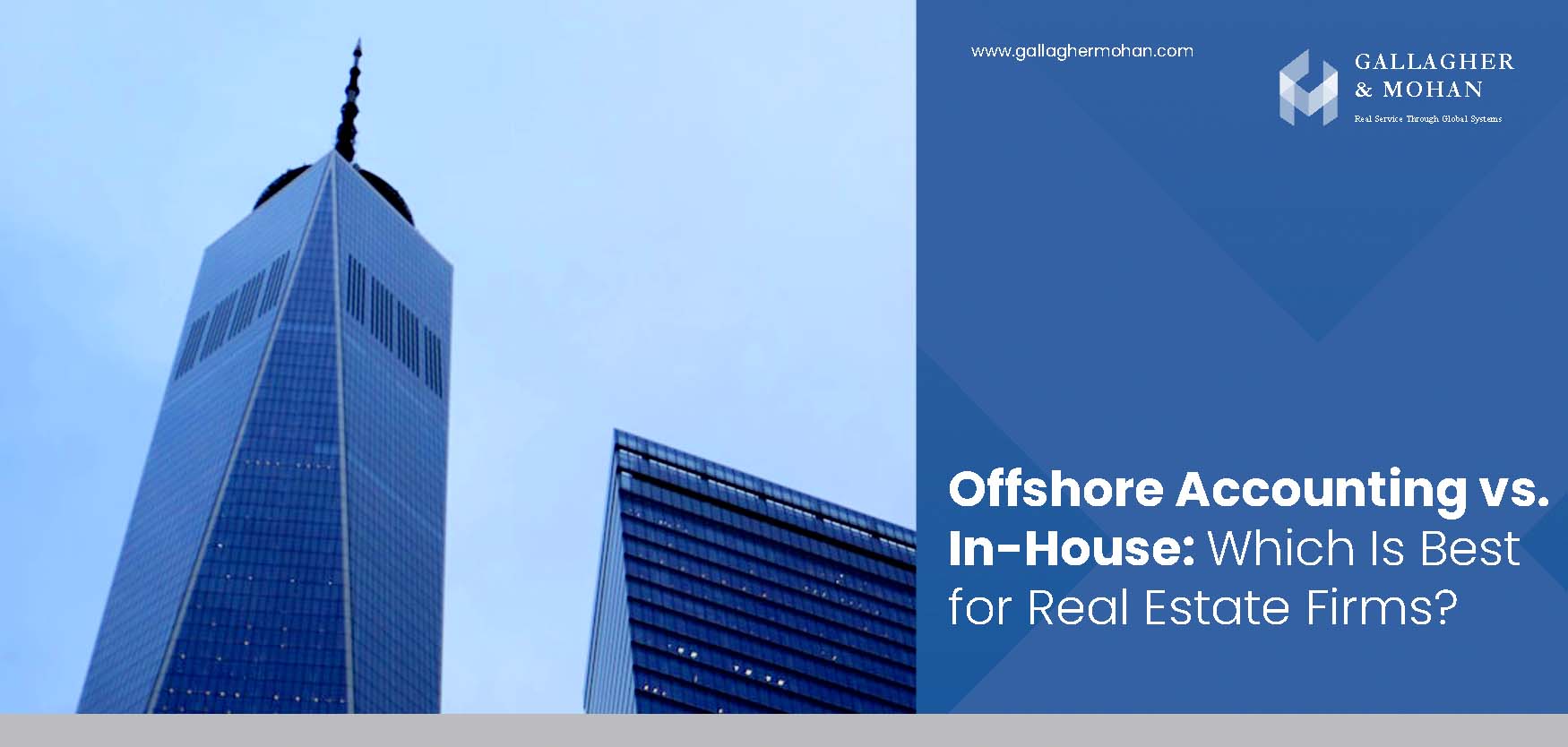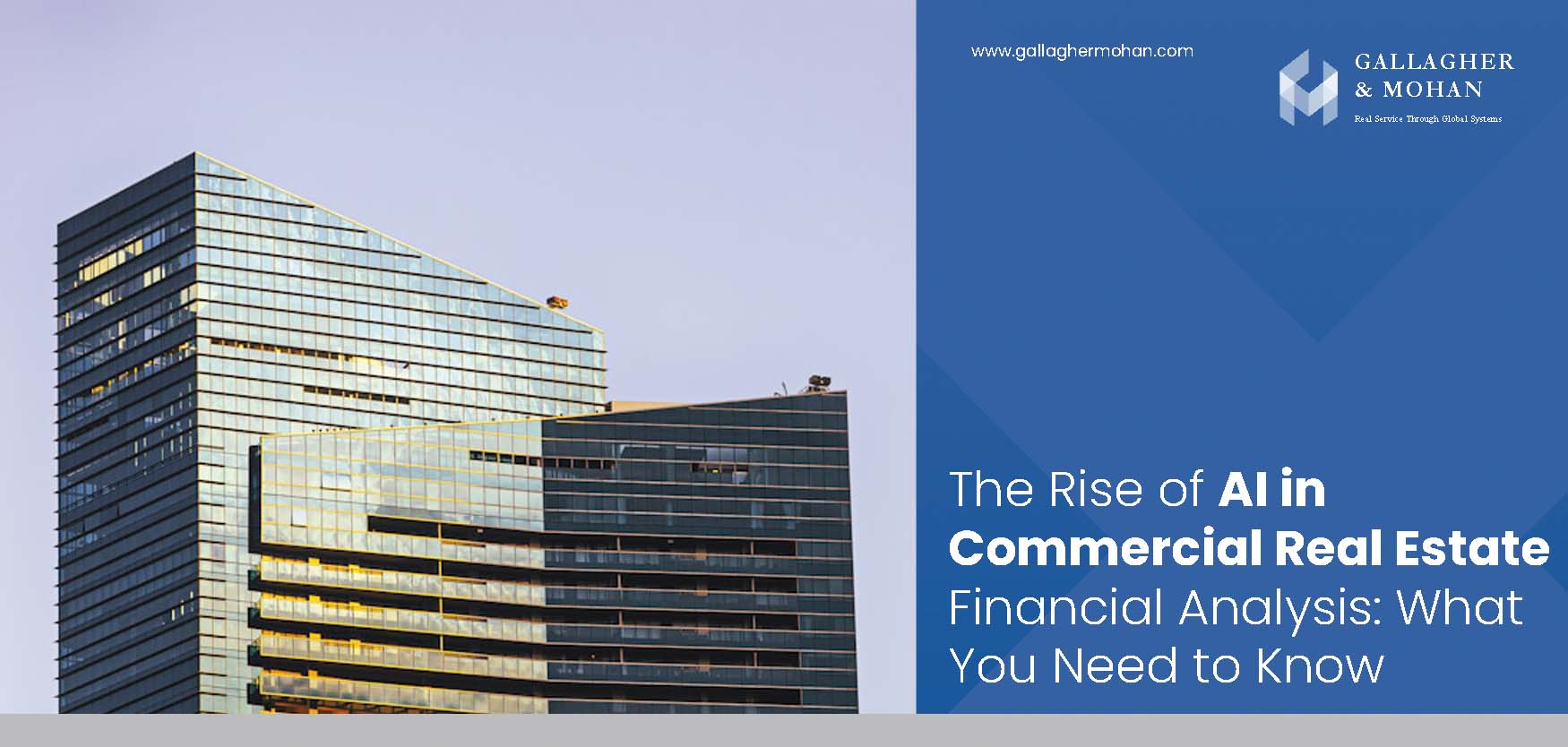07 September 2023
Navigating the Complex Real Estate Investment Landscape in Late 2023
As we approach the end of 2023, investors in the commercial real estate (CRE) sector are grappling with a complex and paradoxical market environment. The outlook for capital markets remains somber, with significant challenges affecting various property categories. In this article, we will delve into the key factors shaping the CRE investment landscape and explore strategies for navigating these turbulent waters.
A Challenging Investment Environment
According to data from CBRE, the total investment volume in the Americas witnessed a substantial decline during the second quarter, plummeting to $80 billion, marking a staggering 63 percent decrease. This decline was pervasive, affecting different property categories, with the office sector experiencing a 63 percent drop, retail down by 65 percent, and industrial properties showing the most resilience with a 48 percent decline.
The Mortgage Bankers Association (MBA) has predicted a grim outlook for lending volume in the CRE sector. They anticipate a sharp decline of 38 percent in lending volume for commercial and multifamily properties, with the total expected to reach $504 billion in 2023.
Jamie Woodwell, MBA’s head of commercial real estate research, points to a combination of factors that have contributed to the standstill in deals and lending. These factors include interest rate volatility, uncertainty surrounding property values, and concerns about the fundamentals of various asset classes.
Also Read: How Real Estate Outsourcing Can Save You Time and Money
Interest Rates and Economic Impact
The recovery in the CRE market is closely tied to the actions of the Federal Reserve, especially concerning interest rates. The Federal Reserve is expected to continue raising rates throughout 2023, which has significant implications for the market.
Rajeev Hota, an associate director for commercial lending at Acuity Knowledge Partners, emphasizes that current trends and market sentiment suggest the potential for an economic recession if the Federal Reserve doesn't take more aggressive steps in the bond market.
The Uncertainty of a Recession
The possibility of a recession remains an unpredictable factor influencing investment decisions. Despite the Fed's optimistic outlook, the presence of an inverted yield curve—a consistent predictor of economic downturns—hints at the potential for a recession in 2024.
Rob Finlay, CEO and founder of Thirty Capital, highlights that the rate of investment will closely mirror interest rate movements and will be influenced by the spread between the risk-free rate and the expected return.
The Path to Recovery
The current level of reduction and investor stress suggests that it could take one to two years for the economy to return to normal. CRE investments are expected to start recovering in 2024, albeit slowly, due to changing dynamics, including remote work trends.
Smart Investment Strategies
Location-Centric Approach: Justin Basie, president of real estate at Mark IV Capital, advocates for a location-centric investment strategy. Investors should focus on specific areas within submarkets to achieve desired results. Monitoring local market conditions and key fundamentals driving those markets is essential for success.
Stabilizing Cap Rates: CBRE's recent survey indicates that cap rates are showing signs of stabilizing. This trend offers investors greater clarity as they approach the end of the year.
Exercise Caution: Rajeev Hota advises CRE investors to adopt a cautious approach, especially in light of the Fed's predicted rate hikes in the second half of 2023. Rising Treasury rates could deter investors from making additional capital investments. A potential recovery in the commercial real estate market is anticipated in early 2024 if the Fed decides to halt rate hikes and initiate rate cuts.
Also Read: How to Invest in the Life Science Sector in 2023
Patience in the Office Market
Despite challenges in the office market, opportunities exist for discerning and patient investors, particularly with newer office products introduced since 2015. These properties have consistently outperformed, accumulating 112.5 million square feet of positive absorption since the start of the pandemic.
The pipeline of new office products is gradually slowing down, with office construction starting down by 75 percent compared to the five-year average. Office leasing volume also witnessed an uptick after three consecutive quarters of decline, as reported in JLL's Q2 Office Market Report.
Adrian Rahimi, Chief Investment Officer for Tricera Capital in Miami, believes that better times and clarity may arrive as early as next year for investors who are willing to wait out the disruption.
Conclusion
As we navigate the complex and paradoxical landscape of commercial real estate investment in late 2023, it's evident that challenges abound, but opportunities persist for informed and patient investors. The trajectory of interest rates remains a critical factor, and strategic location-focused approaches can help investors achieve their goals. While the market may remain uncertain in the short term, the potential for recovery and growth in 2024 offers hope for those willing to weather the storm and position themselves for future success in the CRE sector.



